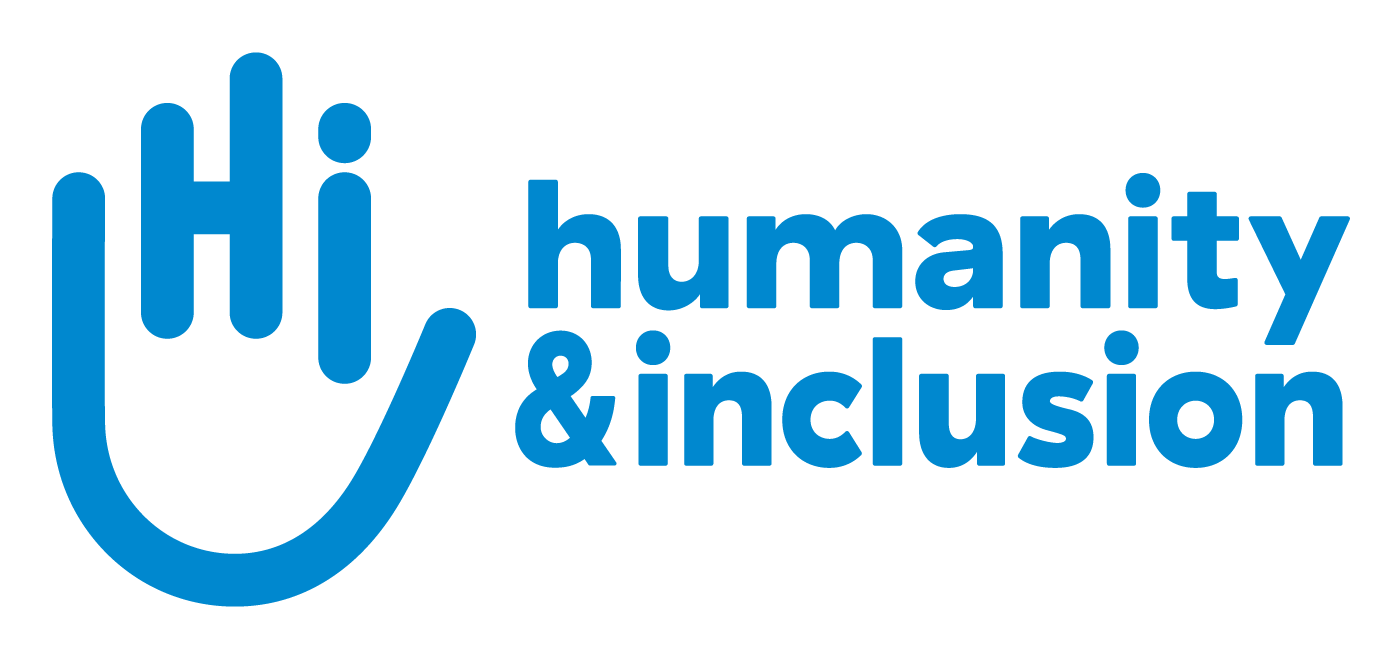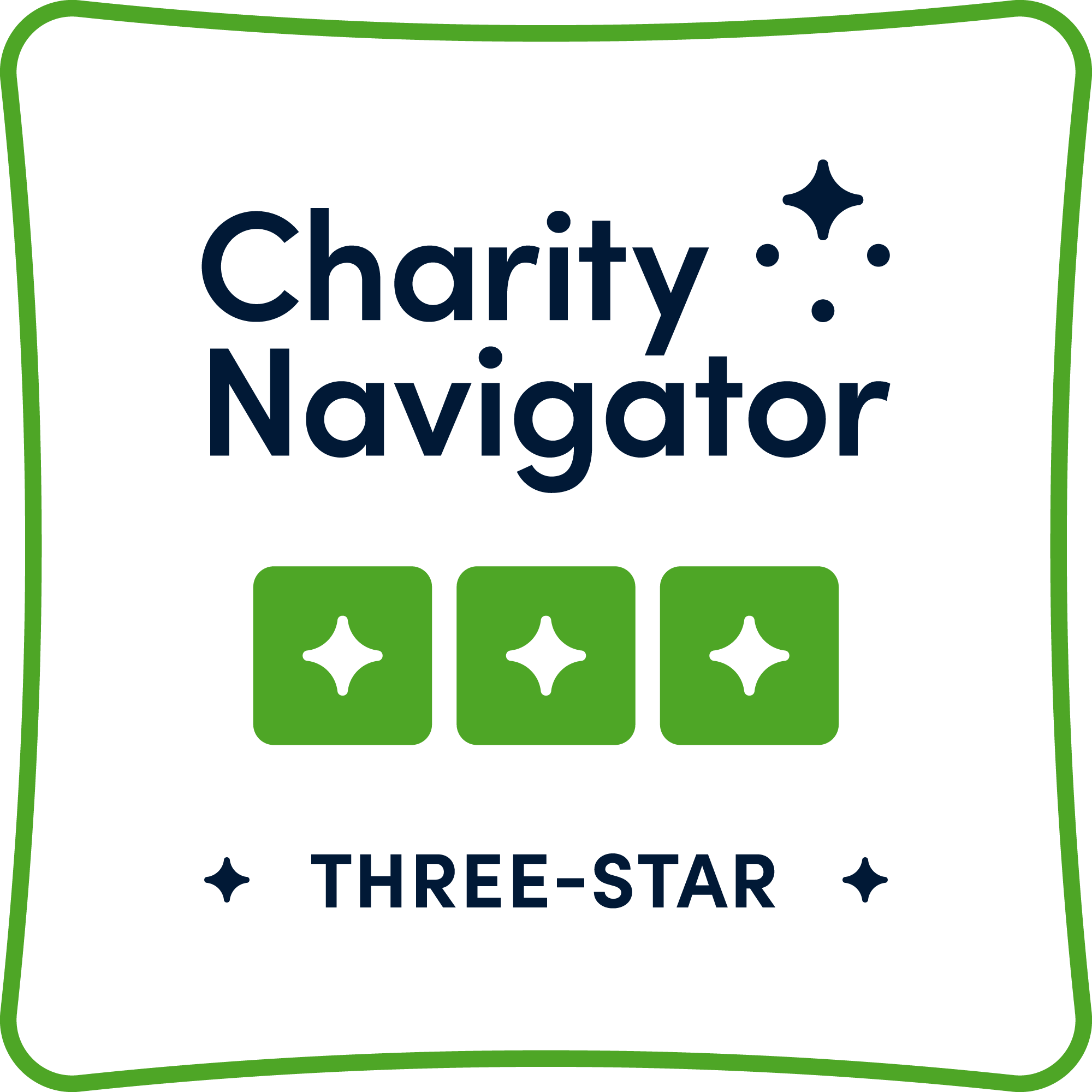Nepal
In Nepal, HI enhances access to education for all children, including children with disabilities, and helps people with injuries or disabilities receive rehabilitation care and other services.

Prabin, 6, lives in southeastern Nepal with his parents. Born without the lower part of his right leg, his prosthesis has changed his life. | © Amul Thapa / HI
Our actions
Since the earthquake in 2015, HI Nepal has diversified its activities, focusing on health, rehabilitation and access to services, in particular inclusive livelihoods, inclusive education and livelihood recovery. The program is currently running eight projects.
HI Nepal’s main project has always been rehabilitation. The aim of this project is to establish a sustainable, integrated rehabilitation system to improve the mobility and functional independence of people with disabilities.
Today, HI's teams are also working in the field of Inclusive Education in order to improve access, participation and achievement in education for all children, both in and out of school, with a specific focus on class, disability, ethnicity and gender.
HI is also developing projects in economic inclusion, as well as in inclusive disaster risk reduction to increase the climate resilience of the most at-risk communities and groups, including people with disabilities, through inclusive, community-based adaptation and climate-smart local governance in selected areas of Nepal.
Areas of intervention
Latest stories

Humanity & Inclusion board member Joe O'Meara reflects on his visit to Nepal in late 2024.

Rachana's journey – a source of inspiration for those around her
Rachana, 14, has cerebral palsy. It took several years for her parents to accept her disability. Today, they see the progress she is making as a major victory.

Shivam: doing everything possible to get back on his feet
Shivam, aged 7, is participating in HI's SIKAI project in Nepal. This little boy from the south of Kathmandu, has been receiving essential support.
a life
Background

Nepal is a mountainous hilly country, at high risk of recurring climate hazards.
The livelihoods of three-quarters of the population depend on agriculture. The economic development was hindered by the conflict between the government authorities and Maoist insurgents (1996-2006), who are today integrated into the democratic process. This conflict left 12,000 dead and displaced hundreds of thousands of people. It also left many veterans of the war with disabilities.
Today the country is working towards democracy and is in a period of relative stability.
In Nepal, disability is primarily considered a social issue. It is rarely addressed as a public health issue or taken into account in education, health or economic development. An estimated 78% of children with disabilities are not in education and only 1% of the population with disabilities in Nepal has access to employment.
Nepal has been severely hit by COVID-19, although the situation has improved more recently.
Number of HI staff members: 61
Date the program opened: 1996
Reports
The latest publications
> Beyond Access Ensuring the continuity of education for adolescent girls with disabilities (pdf, 1.93 MB)More > News














